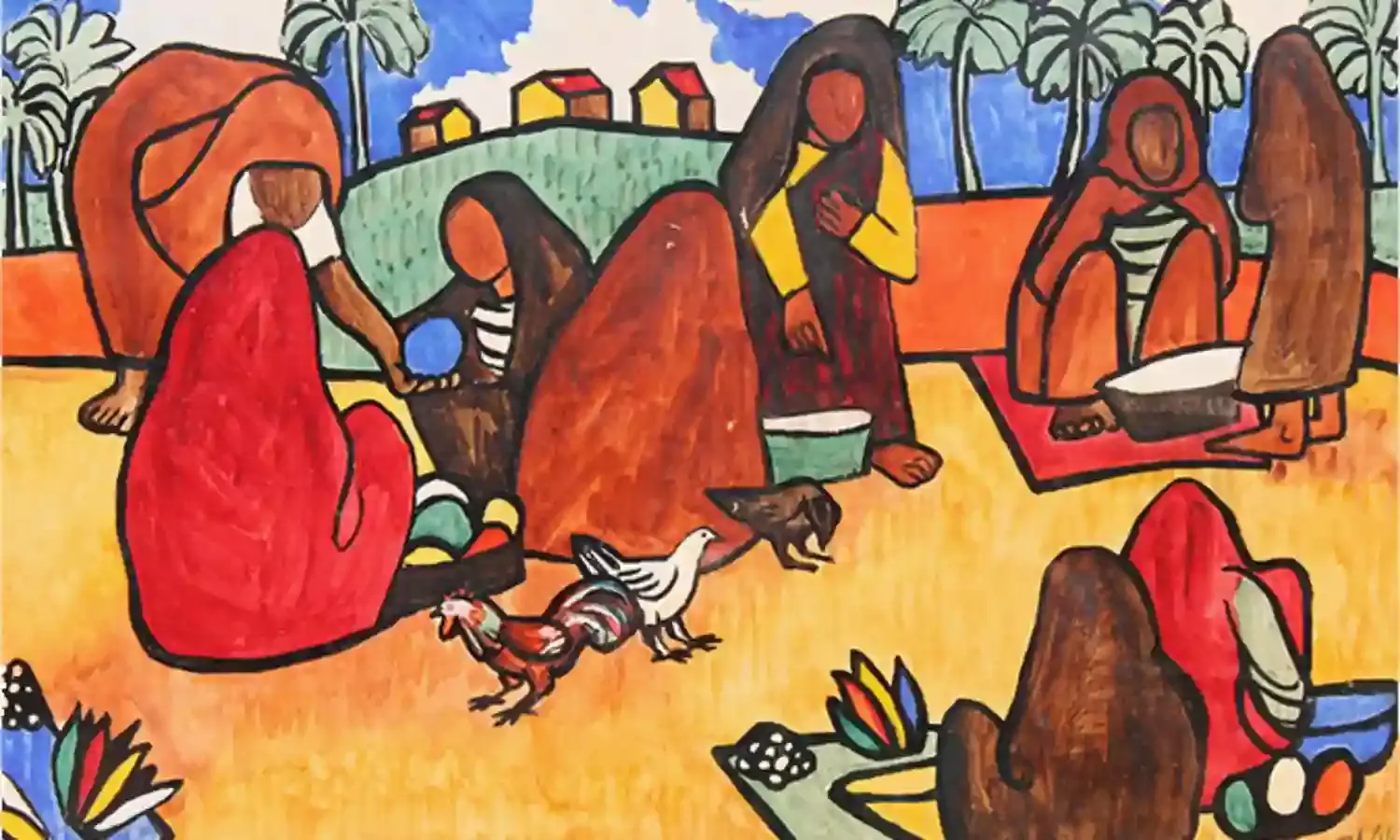Art Arcades and Histories
A Delhi based art gallery’s story

This world has become a portrait of hate, and yet we go on with our lives, an incident of hate replacing another, yet are we untouched by the insanity of the world we live in now. How long will it be before each of us is touched by the vile forces that govern us, how long before things become an unendurable unending trial?
In these trying times, only words and a few comforting thoughts reach us through parcels of narratives, visuals and poetic plots, subtly but surely making us stare at the truth we once lived and an unescapable present we live in.
Poets and painters are soothsayers, yet many are mirrors of the world today and a few are chroniclers of the past. We are the audience, the subject, the benefactor, the prey in this process of creation and curation of art, books, triptychs and anecdotes.
The Progressive Art Gallery in Delhi has been doing just that, becoming the narrator of tales passed down over years through modern masters and thinkers of India; creating a series of symbolic mirrors through art, the mirrors reflecting the bygone in present creative spaces.
PAG started by Ram Nawal Singh in the 1980s was born out of Singh’s close association with artists of the Bombay Progressive Artists’ Group, which was formed after Independence in 1947 India.
The masters of the Progressive Artists’ Group – Maqbool Fida Husain, Francis Newton Souza, Syed Haider Raza, Krishnaji Howlaji Ara, Sadanand Bakre and Hari Ambadas Gade – became its backbone, also giving the gallery its name.
PAG has been part of many national and international art shows, giving support to emerging Indian artists, and has been part of many art auctions and dealings, more so after R.N.Singh’s son Harsh Vardhan Singh recently joined the gallery.
It is associated with many noteworthy pieces of art: from Husain’s oil and acrylic works, one such signifying an intense depiction of Ganesha, to Souza’s Greek Landscape; from Raza’s oil on paper works like the French Village to Gade’s Blue Hut.
Progressive Art Gallery has to its name a recently published art book, or rather a coffee table book that is not only a culmination of everything the gallery has been known for but also the many decades of art it has been associated with – through essays, visuals of the many rare and noteworthy pieces of art it has collected over the period, and snippets of its many achievements and presence as a creative space in India and abroad.
The book gives us a visually pleasing look into works by some of the most renowned artists of Modern India: Jamini Roy, Nand Lal Bose, Rabindranath Tagore, Ram Kinkar Baij, Ganesh Pyne, V.S.Gaitonde, Nasreen Mohamedi, Tyeb Mehta, Akbar Padamsee, Amrita Shergill, Bhupen Kakkar, and the Bombay Progressive Artists to name a few.
The book becomes a gallery in print, with many prominently featured art works in each page – every page a rich and lively insight into art collected and displayed for one to view and feel.
The photographs in the book are accompanied by notes on the artists and their work, making it a powerful source of knowledge about art, culture and history.
PAG is at the forefront of introducing Indian art to the world through auctions, investment, projects, advisory, modernising museums, curating exhibits, talks, and by opening gallery spaces for established and emerging contemporary Indian artists abroad. The book showcases this aspect of the gallery and how it has become a grand custodian of Indian art through the ages.
The book gets us closer to the different times in an artist’s life, to the many historical feats, personal struggles, iconic influences, revolutions and uprisings, observational sketches and ecological inspiration, making it a rare source of communication about how many artists perceived society, and were affected by the many societal, political, cultural changes or apathy in the world they were living in.
A book, a few words, pictorial essays, visual pieces, all become orators of the world we inhabit. Quietly telling us what we have become, all we have seen, and what we once were. Art makes us pause and evaluate our reality, even if it is for that one painting, for only some words or a few pages in a book.
The Saviours of art often becoming powerless in a battle between life and decay, stay yet potent enough to breathe poetry, amity and meaning into a dark peninsula of hate.



